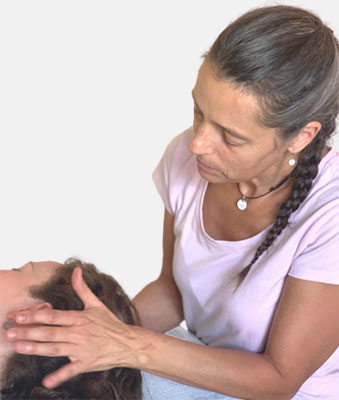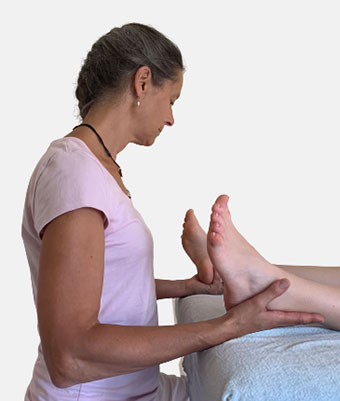What is osteopathy?
Osteopathic assessment and treatment are performed solely through the finely trained hands of the osteopath. Musculoskeletal system, organs and connective tissue are assessed and the limitations to movement addressed.
The goal of osteopathic treatment is to strengthen and facilitate the potential of each individual for self-healing and thereby achieve balanced vitality and improved health.


What else is osteopathy?
Osteopathy is built upon a fundamental understanding of anatomy, physiology, embryology and pathology; a plethora of manual techniques, a holistic approach, and the many years of training and experience of the osteopath.
Osteopathic treatment is tailored to each individual’s illnesses, symptoms and unique life history. The treatment techniques used, the length and the number of sessions and the degree of success will therefore vary from person to person.
Osteopathy combines well with other forms of therapy such as physiotherapy, homeopathy and mainstream medicine.
How does osteopathy work?
The many and varied structures of our body are all directly or indirectly connected with each other, especially through the fascia – the web of thin connective tissue that sheaths every structure of our organism and forms one continuous fascia which connects the whole body. This is how functional limitations and tension can be transferred to other body parts where consequently symptoms arise.
Functional limitations can therefore affect the entire body. This is why the osteopath always considers and treats the whole patient rather than just a single symptom or condition.
See also: Fascia and parietal, craniosacral and visceral Osteopathy


